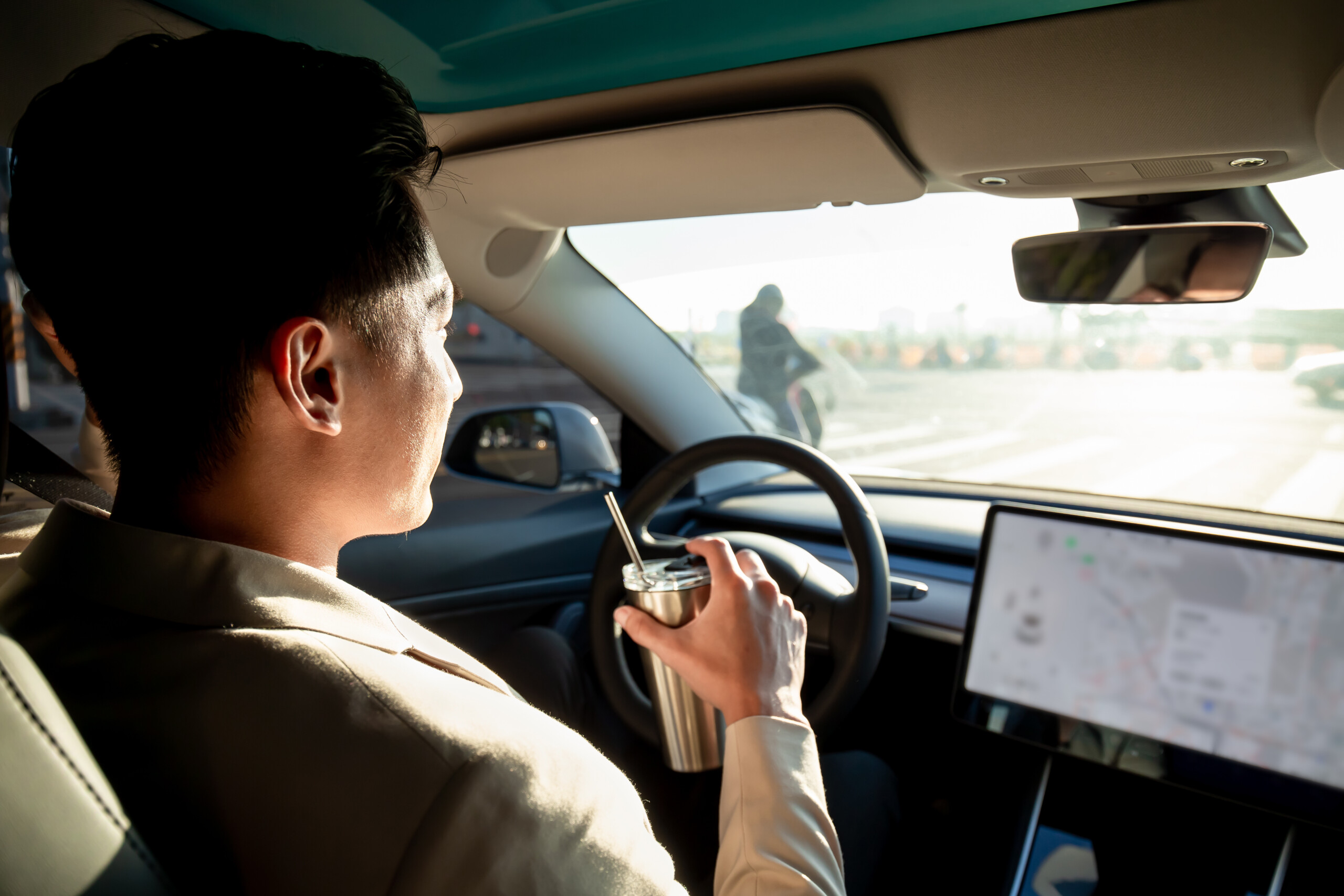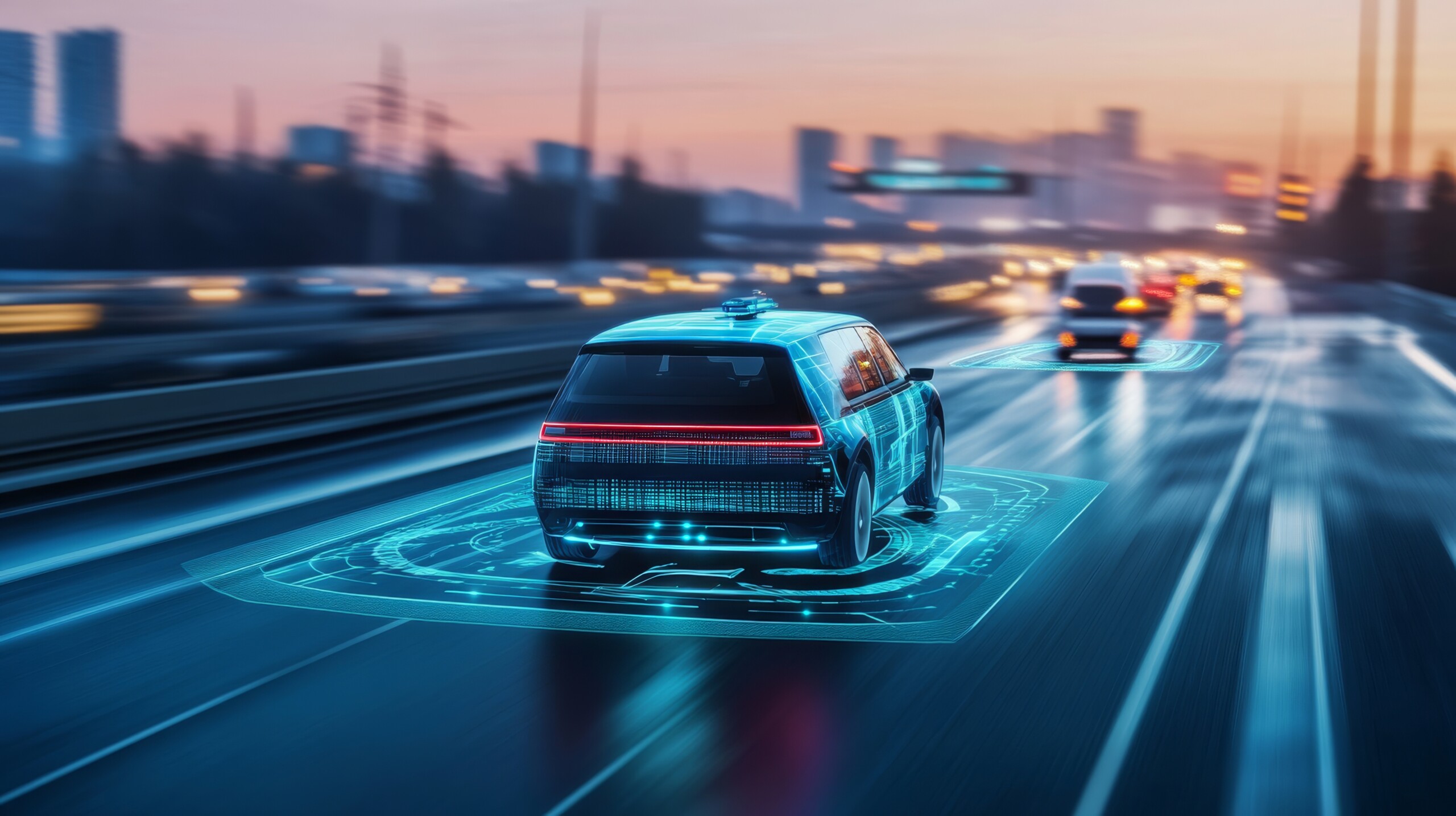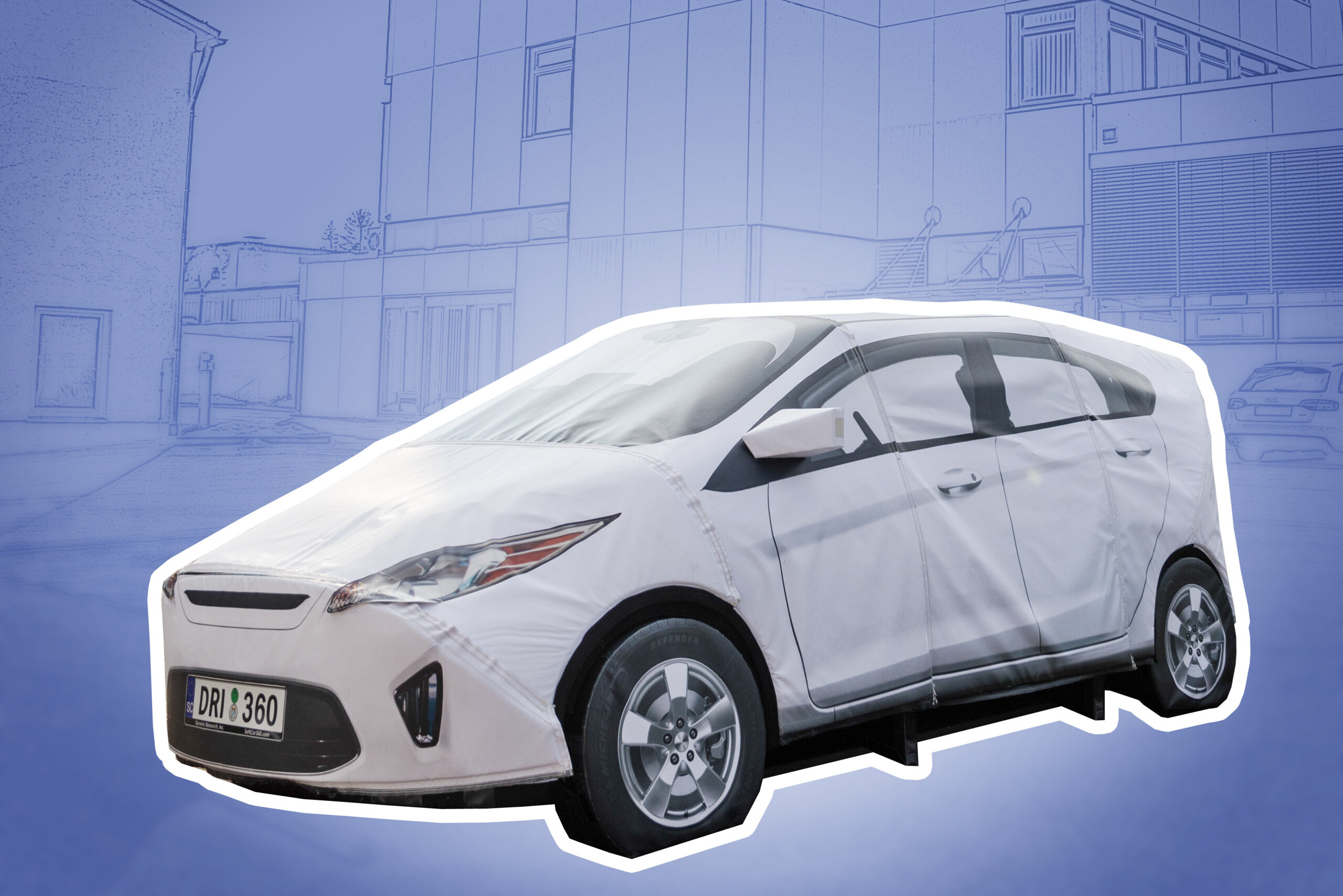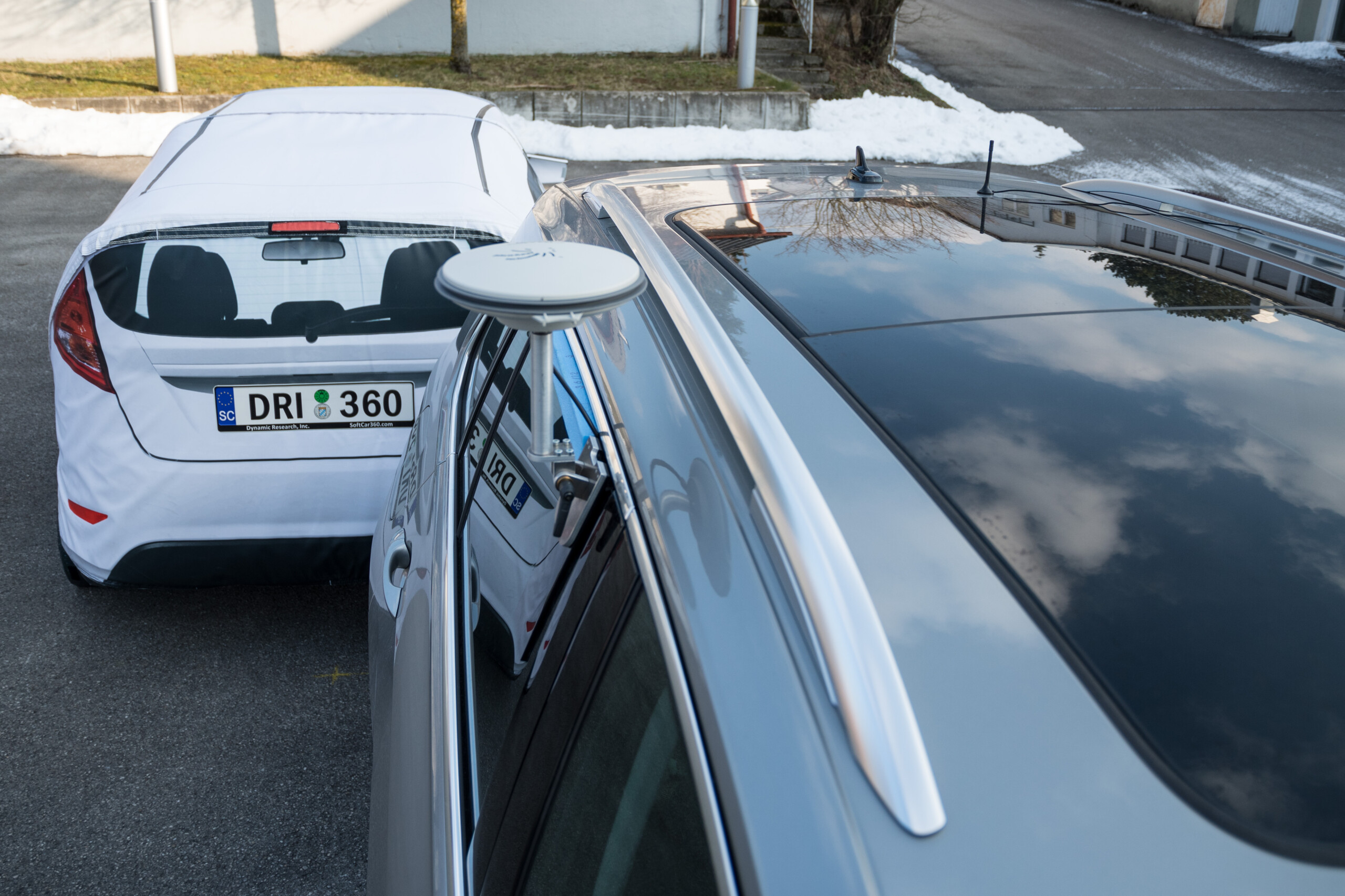Assisted & automated driving
Driver assistance systems and automated driving
Driver assistance systems and automated driving are becoming increasingly important in modern transportation, significantly enhancing safety, efficiency, and convenience on our roads. These technologies are developing rapidly and have the potential to fundamentally change the way we get around.

The integration of these technologies promises considerable benefits, including a reduction in the number of accidents, lower environmental impact through optimized driving styles, and increased mobility. However, there are also challenges that need to be overcome. These include legal and ethical issues, technical reliability, and public acceptance. In addition, considerable investment in infrastructure and the development of new standards are required.
Increasing automation in road traffic also requires insurance companies to proactively adapt and innovate in order to take advantage of the opportunities and manage the risks associated with this technological development. We at AZT are therefore addressing the following topics:
- Risk assessment and premium calculation: With the introduction of driver assistance systems and autonomous vehicles, the risk profile in road traffic is changing. Insurers need to adapt their risk assessment models to take into account the impact of these technologies on accident frequency and severity. This can be complex , as there may be fewer accidents overall, but the repairs could be more expensive due to the advanced technology involved.
- Liability issues: Automation raises new questions about liability. In the event of an accident involving an autonomous vehicle, the question arises as to whether the driver, the vehicle manufacturer, the software developer or, in the case of Level 4 autonomous driving, the teleoperator is liable. Insurers need to develop new insurance cover concepts that do justice to these complex scenarios.
- Data management and data protection: Automated vehicles generate large amounts of data that can be valuable for accident reconstruction and risk assessment. Insurers need to find ways to use this data efficiently while complying with data protection regulations. Securely handling sensitive data is crucial for gaining and maintaining customer trust. At the same time, this data is essential for objectively clarifying the facts and ensuring a fair settlement of the claim.
- Product development: Insurance products must be further developed to meet the needs of customers in the age of automated driving. This could include specialized policies for autonomous vehicles or new services such as insuring mobility instead of the individual car.
- Regulatory adjustments: The insurance industry must adapt to new legal and regulatory frameworks that accompany the introduction of automated vehicles. This may involve changes to the requirements for insurance coverage and obligations.
- Market change: Automation could lead to shifts within the traditional car insurance market as fewer accidents and associated claims occur. At the same time, the demand for individual vehicle insurance may decrease due to increased availability of automated mobility services and demographic changes. Insurers must explore new business areas and develop innovative solutions in order to remain competitive.
For over a decade, AZT's accident research has been analyzing potential effects as part of several research projects (e.g. AKTIV, TRACE, euroFOT). This research has significantly contributed to the integration of effective driver assistance systems into the calculation of insurance premiums in several countries (e.g. the automatic emergency braking system AEB).

AZT's impact potential assessment is based on the motor vehicle liability and comprehensive insurance claims reported to Allianz Versicherung on a regular basis. Using several claims databases, the AZT continuously evaluates driver assistance systems at the navigation, guidance and stabilization levels, both prospectively and retrospectively. This evaluation ranges from minor property damage to the most serious personal injuries.
AZT has also set itself the task of testing the effectiveness of emergency braking systems under realistic conditions. In a controlled test scenario, a test driver approaches an obstacle and the automatic intervention of the emergency brake assist is documented. A Soft Car 360° was used for the tests at the AZT, similar to those conducted in Euro NCAP assessments.. In addition, AZT has high-precision measurement technology for determining speed, position and distance (using differential GPS). This setup allows for tests to be conducted with repeatable accuracy at both higher speeds and at parking and maneuvering speeds.
External video
This video is loaded in a YouTube player. This means that Google collects information about your use of the information provided and uses it for analysis and marketing purposes. However, if you would still like to view this video, you must change the cookie settings.
Open cookie settings
Example of an AEB test at 30 km/h
-3382x2256-2560x1708.jpg)
Soft Car 360°

Differential GPS antenna
For several decades, AZT has been actively engaged in research and development effortsaimed at enhancing road safety. In cooperation with leading vehicle manufacturers, renowned university institutes and key associations, AZT focuses on scientific projects aimed at ensuring the safety of automated and autonomous driving. Our goal is to enhance technological standards and maximize safety for all road users through innovative approaches and well-founded analyses. By sharing knowledge and expertise, we are helping to make the future of driving safer and more efficient.